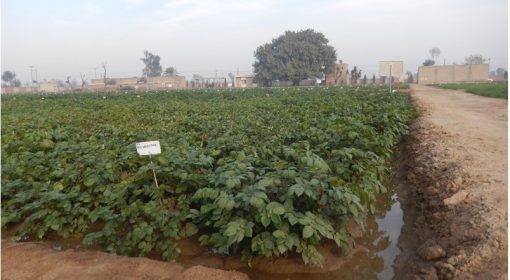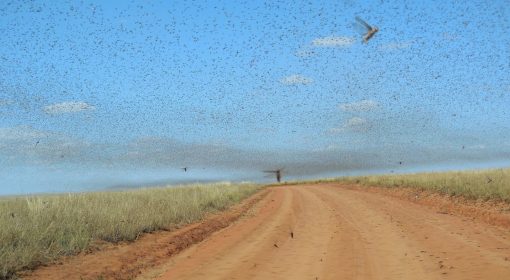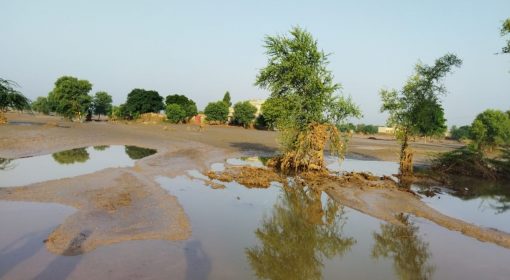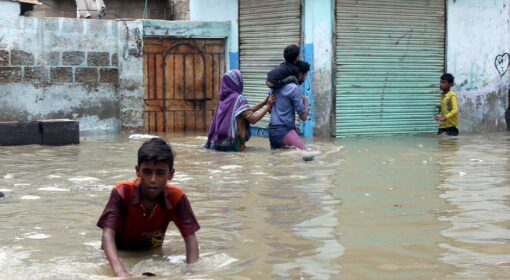By Ashfaque A. Soomro, Research and Development Foundation (RDF), Pakistan
August 31, 2020
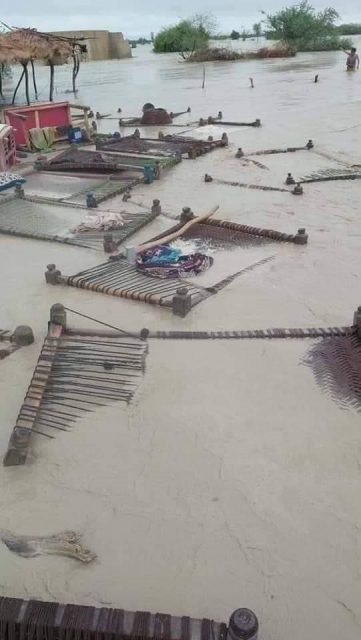
The COVID-19 pandemic has not yet ended, but in Sindh district, which is located in the southern region of Pakistan, another disaster has led to massive losses. The excessive monsoon rains of 2020 have blanketed the City of Karachi, a metropolis of 15 million people. It has caused havoc in the metropolitan area and has disrupted public life. It has also led to the widespread damage of housing infrastructures in the southern districts of the province. At one point, the rescue operations in Karachi were only possible through boats. According to the Pakistan Meteorological Department, the rainfall in Karachi during the month of August was more than it ever has been recorded. Around 468 mm of rain was recorded in August which surpassed the rainfall records of the last 20 years. The Government of Sindh has declared an emergency in the southern districts and Karachi under the National Calamity Act of 1958.
While COVID-19 has mostly affected urban labour and the urban markets, the torrential rains have caused an extensive flooding situation in the rural parts of the country. It has badly affected agricultural activity, which is the backbone of the rural economy. The heavy spell of monsoon on 24th and 25th August 2020 has caused damage to a large number of houses and has inundated agricultural fields. Many crops like chillies, cotton, Rodhgrass, corn, onion seedling and different vegetables that are grown in many parts of Sindh, particularly in Mirpurkhas, Tando Allahyar, Sanghar, Umarkot, Jamshoro, Dadu, Badin, Hyderabad and Matiari districts have been primarily affected. Various preliminary assessments have shown that 90% of cotton crop production has been damaged while chilly production has been 75% damaged. Besides, the livestock population has also been affected, which is the second significant livelihood activity in rural areas.
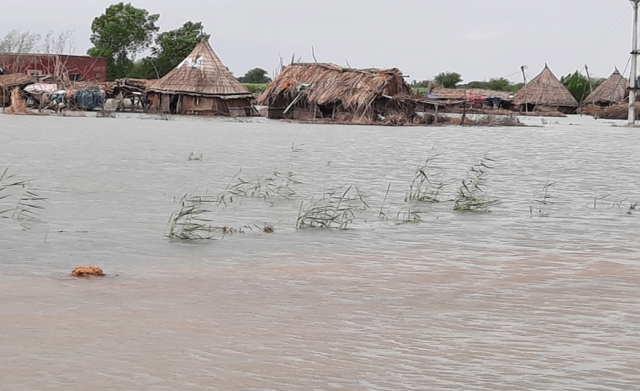
On 25 August 2020, I visited Tando Allahyar, Mirpurkhas, Khipro, Sanghar and the rural areas of Hyderabad. I witnessed thousands of people living in makeshift houses built on the roads, drainage and irrigation bunds as their homes had been washed away in the floods. The situation warrants that the produce from the Kharif season cannot be reaped by the peasants, farmers or agricultural labourers.
Mirpurkhas district, which is known for its mangoes and horticultural crops, has been the worst affected. Sanghar district that was the leading producer of cotton has been completely devastated.
Built-in 1997, Left Bank Outfall Drain (LBOD) has once again caused damage to agriculture and public life in Badin, where hundreds of acres of standing crops have been inundated. The drainage system had been built to remove excess water originating from irrigation, but in the last ten years, it has transported excess rainfall/runoff and has caused floods in its tail at Badin.
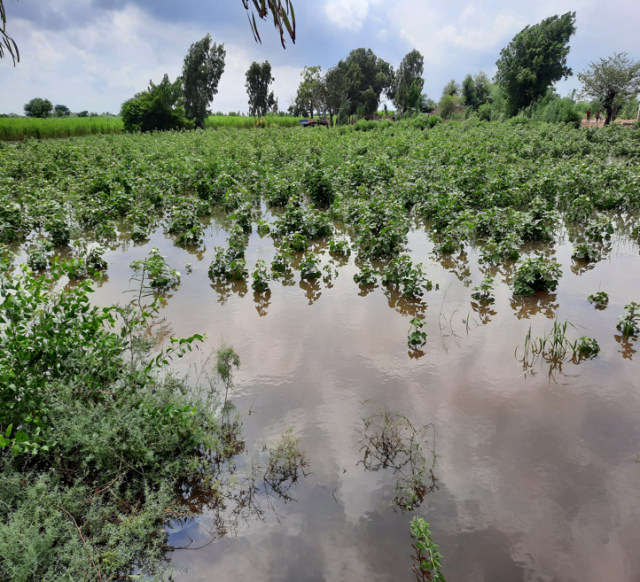
The summer monsoon is the only source of water for agriculture, livestock and refilling aquifers in the desert areas of Tharparkar, but this year it has been inundated too. The main cities of the district including the headquarter at Mithi, Islamkot and Diplo were also doused – which is a very unusual event.
Another set of heavy showers are expected from 31 August 2020 to the first week of September that can further deteriorate the situation.
Relief for the rural people in mentioned districts by the Government and the humanitarian agencies has not yet been launched. The assistance provided by the Government so far has been insufficient. Most of the poor people are at high risk, and they require immediate life-saving aid.

